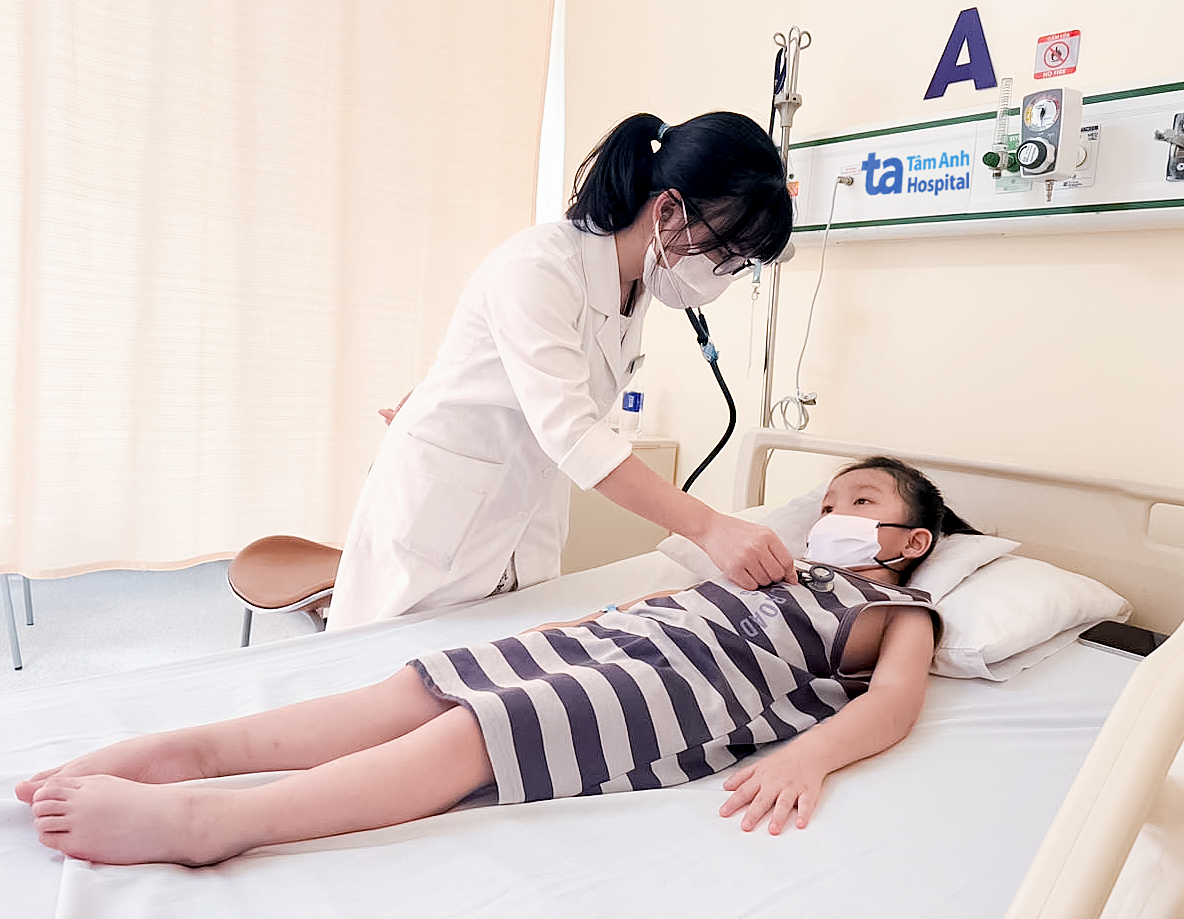Five-year-old Chau was admitted to Tam Anh General Hospital in Hanoi. She was alert and her cardiopulmonary function was normal. Doctor Than Thi Thuy Linh from the Pediatrics Department reported that the foreign object in the girl's stomach was a button battery, approximately 2 cm in diameter.
Doctors performed an esophagogastroduodenoscopy to safely remove the battery. After the procedure, Chau was alert, showed no unusual symptoms, and was discharged the next day.
Button batteries, used in small electronic devices like watches, music players, remote controls, and toys, resemble small buttons. Dr. Linh explained that unlike smooth objects such as plastic beads or coins, button batteries cause rapid damage and more severe complications. When in contact with the digestive environment, they can trigger an electrochemical reaction, releasing strong alkali that burns and corrodes the digestive lining. This leads to alkali necrosis, deep burns, and erosion, potentially causing perforation of the esophagus, stomach, or intestines, gastrointestinal bleeding, and mediastinitis.
Old or unbranded batteries may contain heavy metals like mercury, lead, and cadmium. If these leak and are absorbed into the bloodstream, they can cause poisoning, affecting the nervous, digestive, and cardiovascular systems.
 |
Dr. Linh examines Chau. Photo: Tam Anh General Hospital |
Dr. Linh examines Chau. Photo: Tam Anh General Hospital
According to Dr. Linh, swallowing foreign objects is common in children aged 1 to 5 due to their curiosity and habit of putting things in their mouths. Symptoms of battery ingestion can include persistent coughing, difficulty breathing, and hoarseness.
Parents should keep small objects away from young children. Button batteries, magnets, and other small items should be stored out of reach, preferably in locked containers, to prevent accidents. Parents should also explain to children that batteries are not toys and should never be put in their mouths.
If a child is suspected of swallowing a foreign object, parents should not attempt home remedies like inducing vomiting or feeding the child, as this could lodge the object further down. If the child is choking, the Heimlich maneuver should be performed immediately. The rescuer stands behind the child, arms wrapped around their abdomen. One hand is made into a fist and placed above the navel and below the rib cage. The other hand grasps the fist. Then, the rescuer uses quick, upward thrusts into the abdomen until the object is expelled or the child breathes normally. For children under one, back blows and chest thrusts are recommended. If the child is gagging, encourage them to cough forcefully to expel the object.
The child should be taken to the hospital immediately for examination and treatment. After any intervention, parents should seek immediate medical attention if the child exhibits unusual signs like abdominal pain, vomiting, difficulty breathing, or fever.
Trinh Mai
| Readers can submit questions about children's health here for doctors to answer. |












